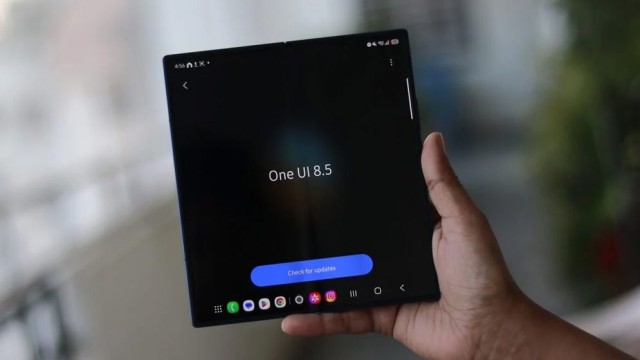The keyboard layout most of us use today, known as QWERTY, has its roots in the 19th century with the release of the Remington typewriter in 1873. Despite technological advancements and the passage of 148 years, this layout remains predominant, not just on computers but also on virtual keyboards of smartphones.
The name "QWERTY" comes from the arrangement of the first six letters on the upper left side of the keyboard: Q, W, E, R, T, and Y. The layout was designed for the typewriters of the time, and there are two main theories regarding its origin.
The first theory suggests that the original typewriters had an alphabetical arrangement of keys. However, rapid typing often caused the mechanical arms of the typewriter to jam when adjacent letters were struck in quick succession. The QWERTY layout was developed to space out commonly used letters, thereby reducing the likelihood of jams and improving typing efficiency. As the Remington typewriter became popular, so did the QWERTY keyboard layout.
However, this theory has been challenged. According to research cited by Jimmy Stamp in *Smithsonian* magazine, the QWERTY layout's development was influenced more by the needs of telegraph operators than by mechanical limitations. Christopher Sholes, who patented the QWERTY layout, was involved in its creation, but it evolved over time to meet the needs of transcribing Morse code more efficiently into English text. This adaptation made typing faster and easier, leading to its widespread adoption.
Attempts have been made to introduce alternative keyboard layouts, such as the Dvorak Simplified Keyboard, which claims to offer greater efficiency and speed. However, the QWERTY layout remains dominant due to its widespread adoption and the familiarity it has established among users. Once learned, the QWERTY layout can be used with great speed and accuracy, with many typists able to type without looking at the keys.
In summary, while the QWERTY layout originated from the practical needs of 19th-century typewriters and telegraph operators, its endurance is a testament to its effectiveness and the inertia of established habits. Despite ongoing debates and the introduction of new layouts, QWERTY continues to be the standard in keyboard design.































Comment: